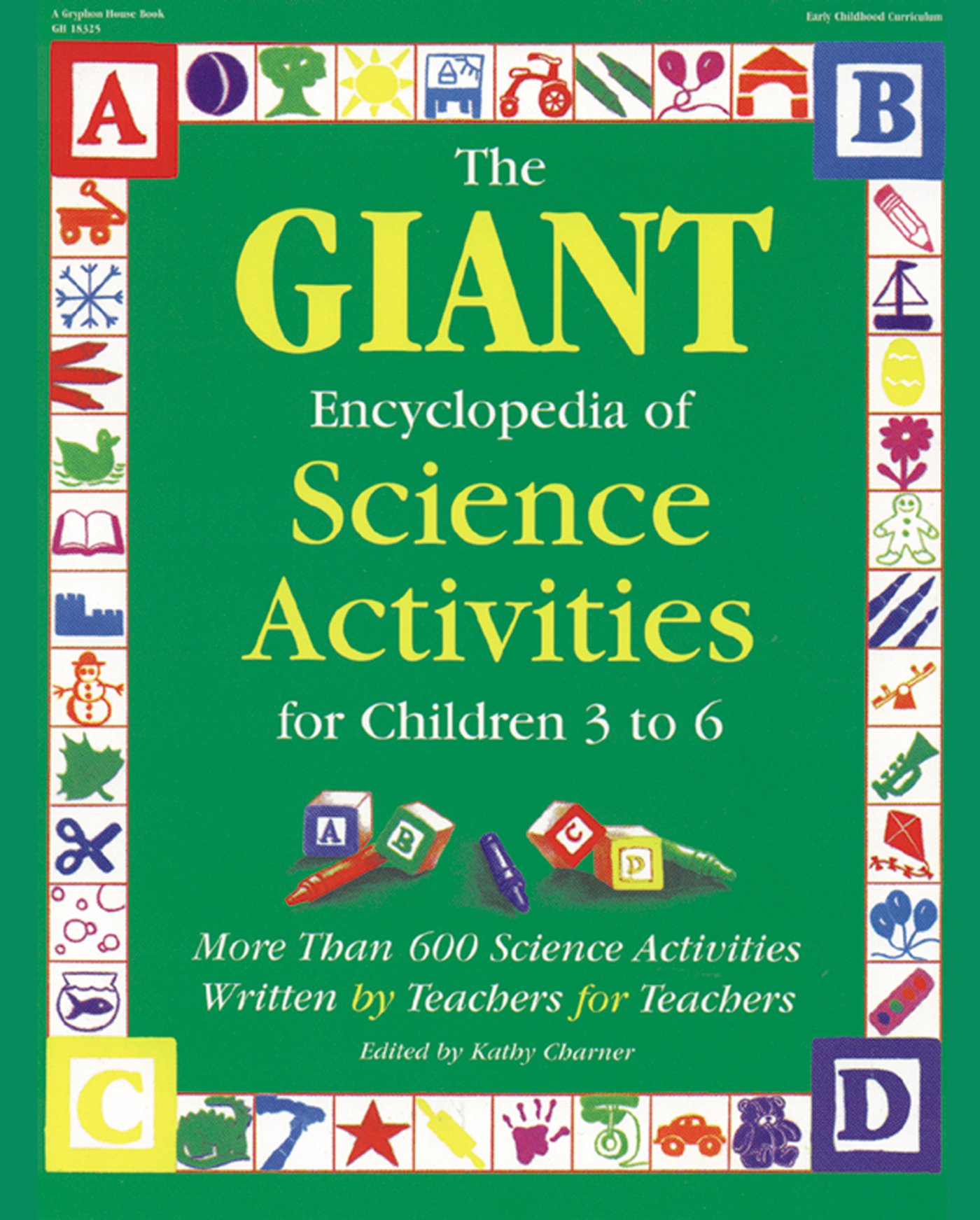Materials
Ice cube tray
Food coloring Water
Freezer Popsicle sticks
Bowl of ice cubes 3 small clear containers
Instructions
1. In advance, fill an ice cube tray with water (three-fourths full). Put three to four drops of foodcoloring in each cube and mix well. Break six popsicle sticks in half and place one in eachcube (they will lay at an angle). Freeze.
2. Ask the children what ice is and how it forms. What conditions must be present for water toturn to ice? How does ice melt? What does it become when it melts? Ask if they've ever seenicicles or been ice skating.
3. Pass around a bowl filled with clear ice cubes for children to handle. Encourage them todescribe what they feel.
4. Tell the children they are going to conduct an experiment. Put one ice cube in each of thethree plastic containers. The children fill one container with warm water and one with coldwater; the third container will have just a cube, no water.
5. Ask the children to speculate on which ice cube will melt first. Continue checking every fiveminutes until all are melted. Compare their predictions with what happened.More to doArt: Cover work area with newspaper and give each child a piece of white construction paper.Remove colored ice cubes from the tray and have the children paint with them, as though theywere paintbrushes. When they finish, discuss what happened. Did the ice cubes get smaller? Didcolors mix to form new colors? Was it like watercolor painting?
